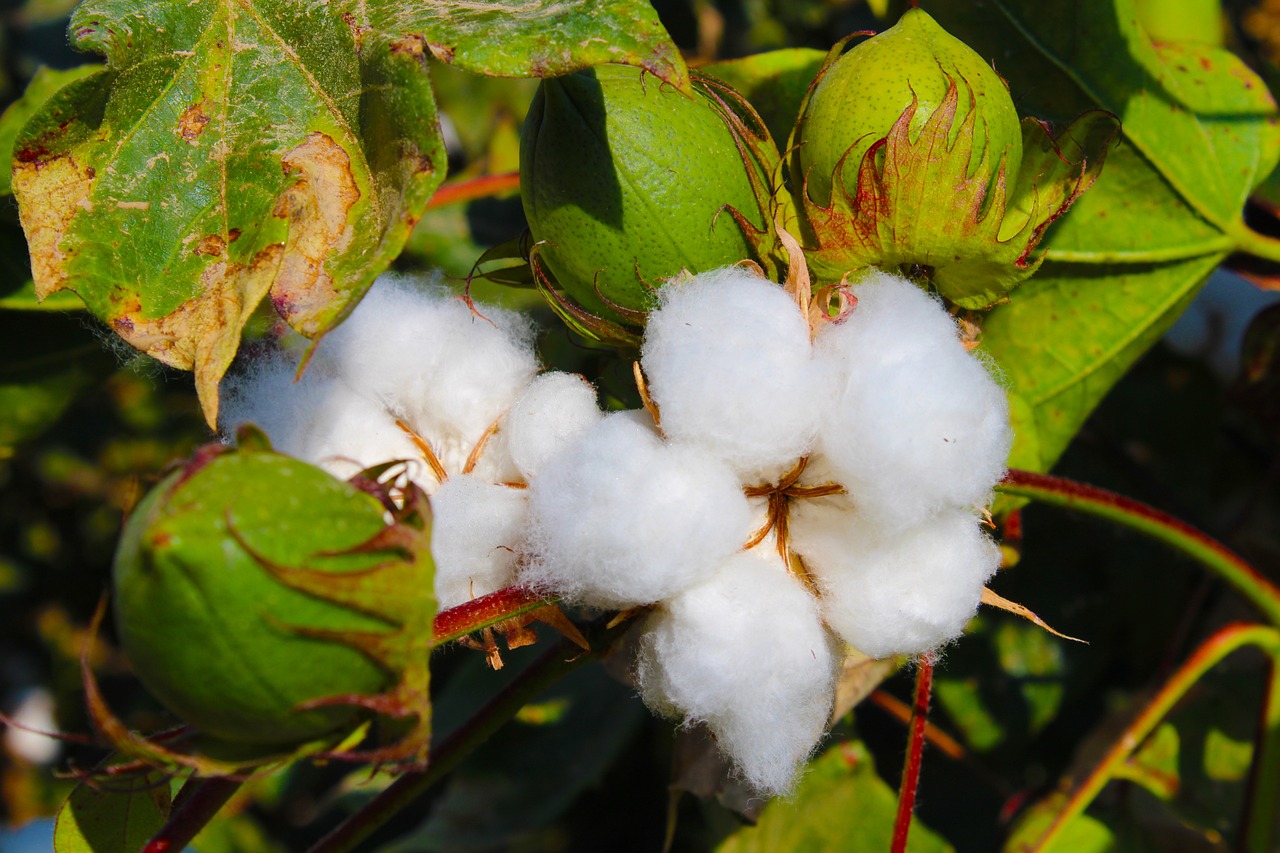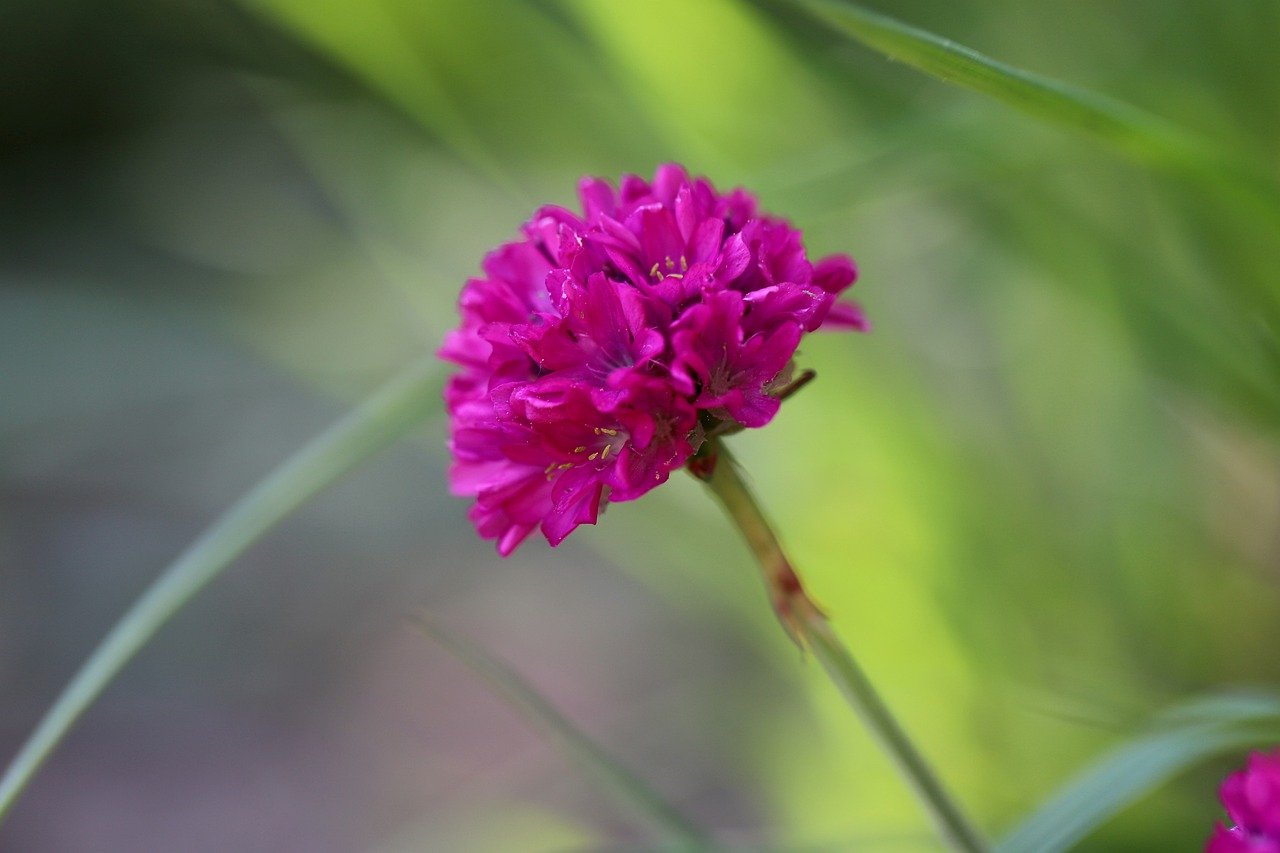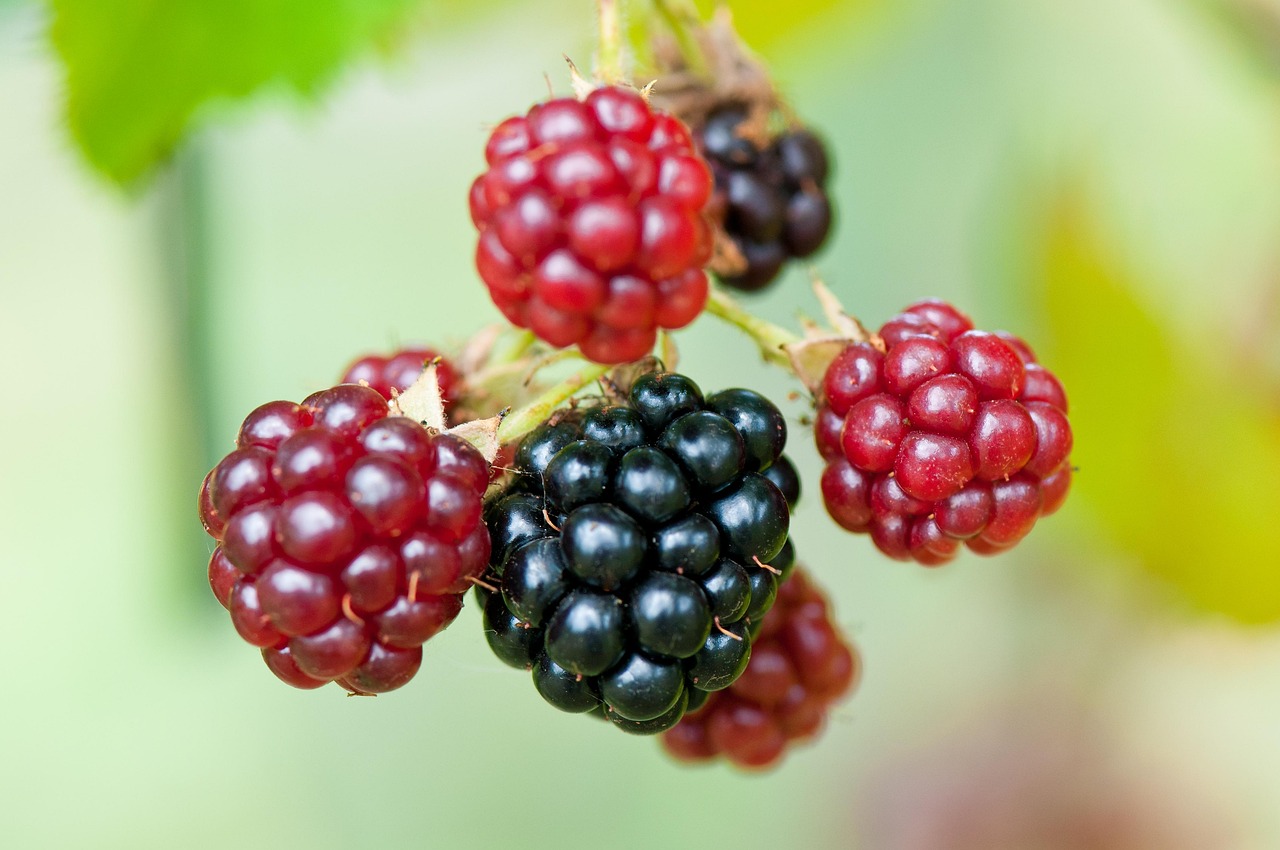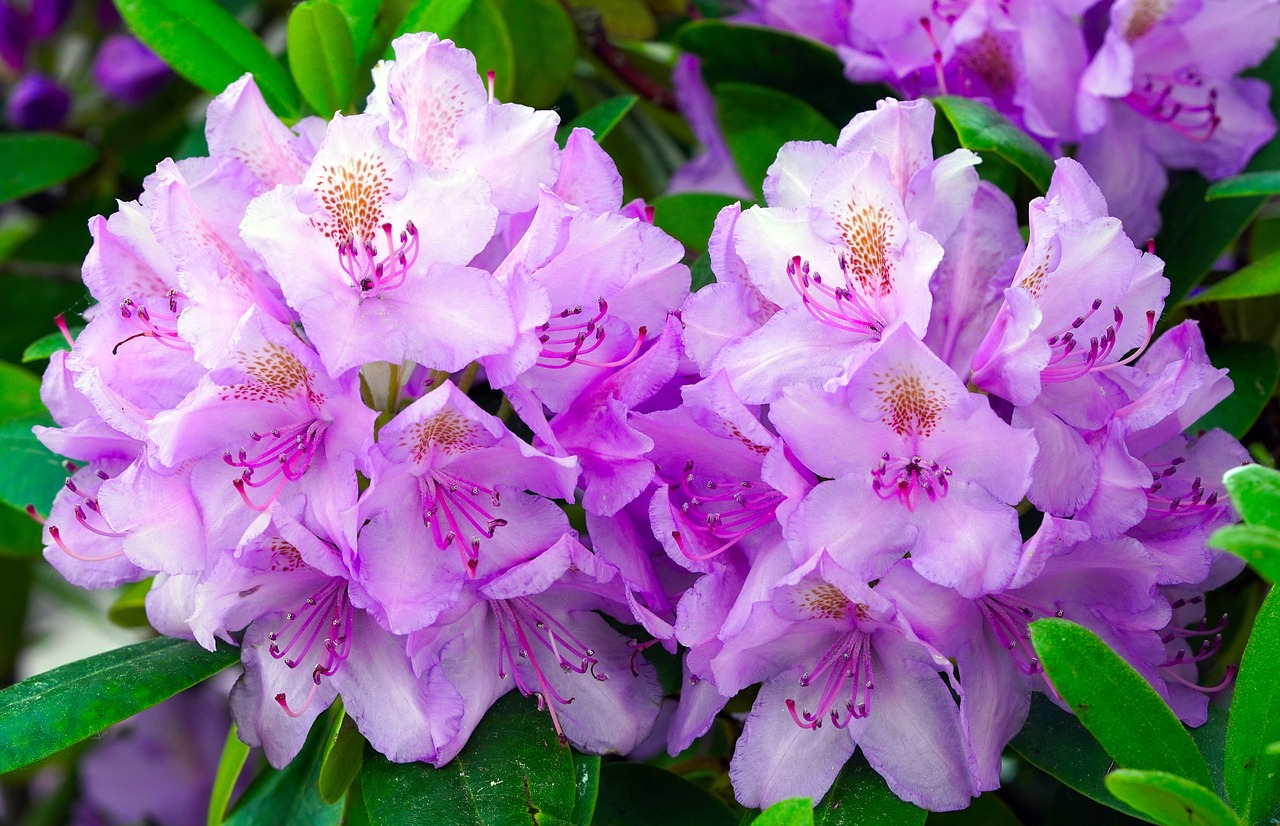Tricolor Pansy | A Symbolic Flower of Longing in the Victorian Era
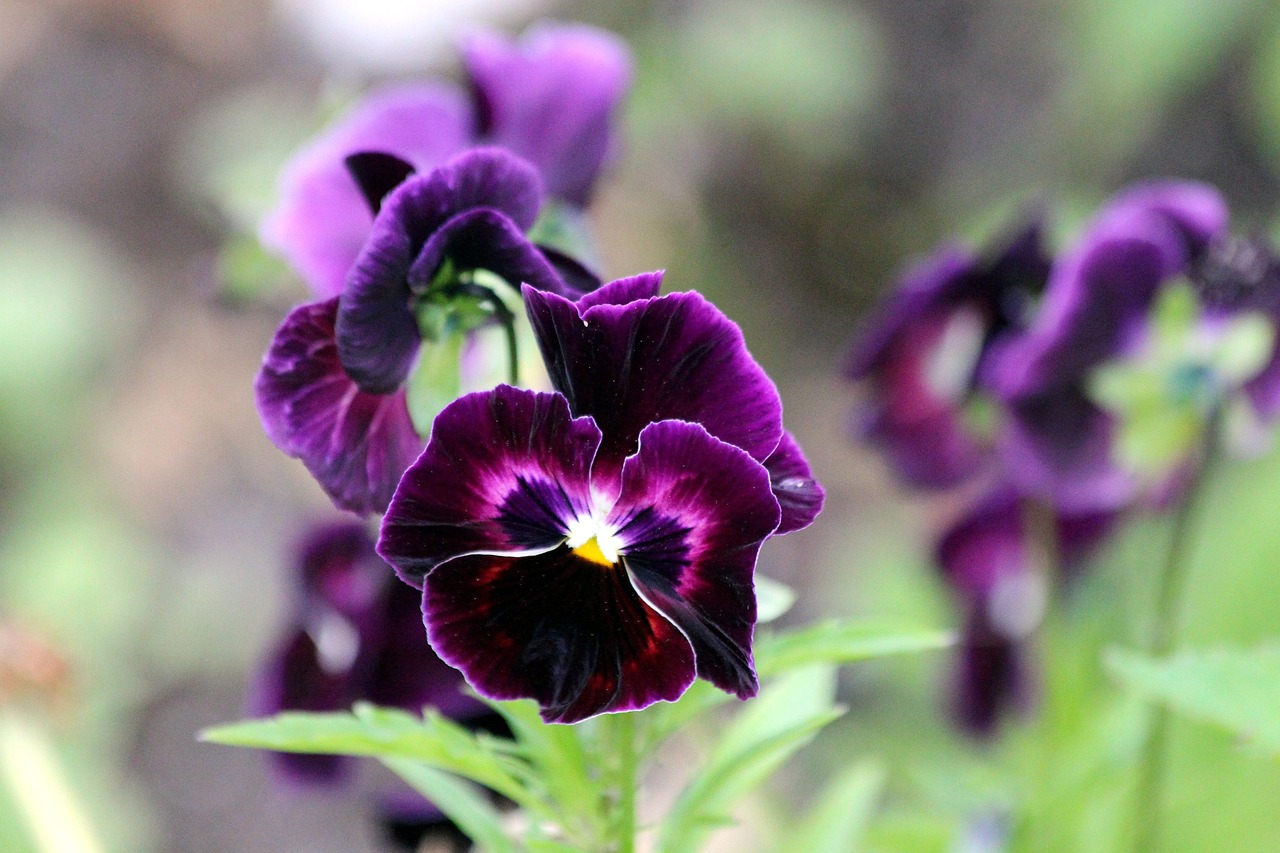
I introduce the tricolor pansy, an annual or perennial herb of the violet family (Violaceae) that has long been cherished in Europe. With its delicate blossoms of three blended colors, it represents both the rustic charm of a wildflower and the historical value of a cultivated plant.
In this article, I provide detailed information on the basic characteristics of the tricolor pansy, its cultural significance across the world, historical episodes, and key points for cultivation.
Basic Information
- Scientific name: Viola tricolor
- Family: Violaceae
- Origin: Europe, Western Asia
- Appearance: It grows 10–30 cm tall, with slender, shallowly lobed leaves. The flowers display a harmonious blend of purple, yellow, and white, although the balance of colors varies among cultivars. Each flower measures about 1.5–2 cm in diameter, giving a bright and graceful impression despite its small size.
- Flowering season: It blooms continuously from spring to autumn, though the number of flowers may temporarily decrease during the high summer heat.
Cultural Significance Around the World
The tricolor violet has held cultural importance across Europe for centuries.
In England, it is known as Heartsease, appearing in poetry and folk songs as a symbol of peace of mind and fulfilled love. Shakespeare often depicted it, especially in A Midsummer Night’s Dream, where it appears as a magical flower of love.
In France, it is called Pensée, literally meaning “thought.” It became a symbol of remembrance and longing, and in the 19th century was a popular gift for a beloved person.
In Germany, it is called Stiefmütterchen (“stepmother’s flower”), where the petal colors are interpreted as representing the relationship between a stepmother and her stepchildren.
Thus, while its meanings differ from region to region, the tricolor violet has remained deeply rooted in European culture.
Historical Background
The tricolor violet began to be cultivated as a garden plant in 16th-century Europe. From this wildflower, British horticulturists in the early 19th century developed the pansy (Viola × wittrockiana) through selective crossbreeding, creating larger and more striking blossoms.
From the 1810s to the 1830s, pansies rapidly gained popularity, and during the Victorian era they became one of the essential flowers adorning gardens.
At the same time, the tricolor violet itself continued to thrive as a wild species, contributing not only to horticultural history but also to the natural landscapes of Europe. Even today, it plays an important role in natural gardens and wildflower meadows.
Gardening Advice
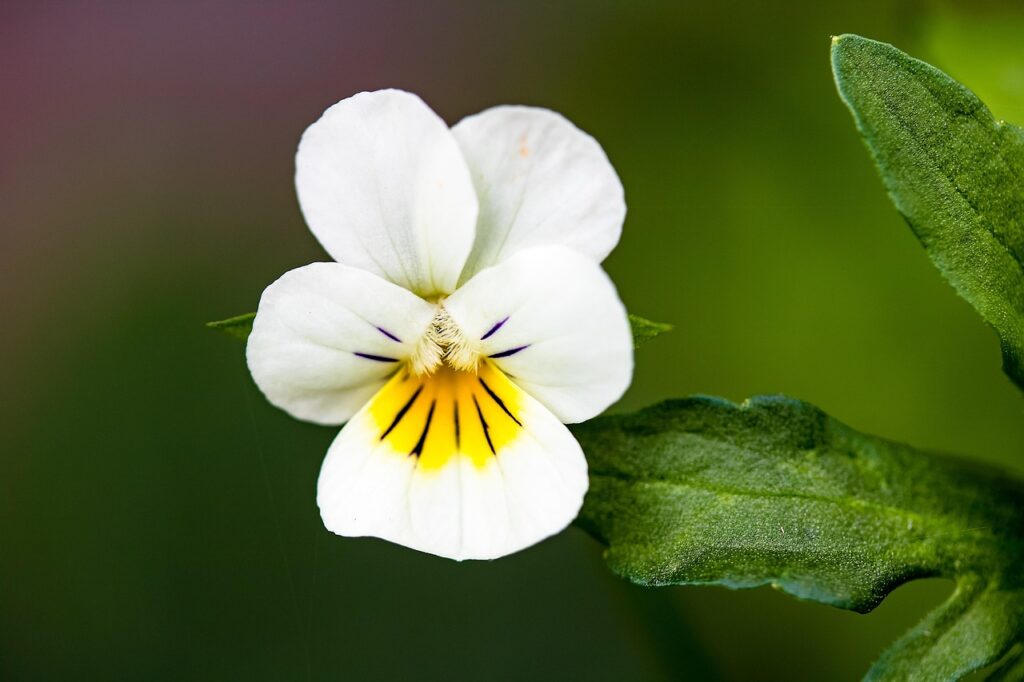
The tricolor violet is easy to cultivate, but proper care according to its environment will allow you to enjoy its delicate flowers for a longer period. Below are key points for successful growth:
Sunlight
Prefers sunny locations. In summer, partial shade helps protect the flowers from damage.
Watering
Water generously when the surface soil becomes dry. Avoid excess moisture, as it may cause root rot. Be sure to empty any water collected in trays.
Soil
Well-drained, nutrient-rich soil is ideal. Mixing commercial potting soil with compost or perlite improves aeration and root growth.
Fertilizer
Apply liquid fertilizer every two weeks during the flowering season. Be cautious not to over-fertilize, as it may result in smaller blooms.
Pruning
Remove spent flowers regularly to prevent exhaustion of the plant and encourage new buds.
Wintering
In mild climates, the plant can overwinter outdoors. In colder regions, protect it from frost or move potted plants indoors.
Conclusion
The tricolor violet, with its charming blend of three colors, is a symbolic wildflower of the violet family. It has long been a cultural emblem in England, France, and Germany, and has played an important role in horticultural history.
With proper sunlight, watering, and soil management, I can enjoy the fragile beauty of this flower throughout the seasons.

